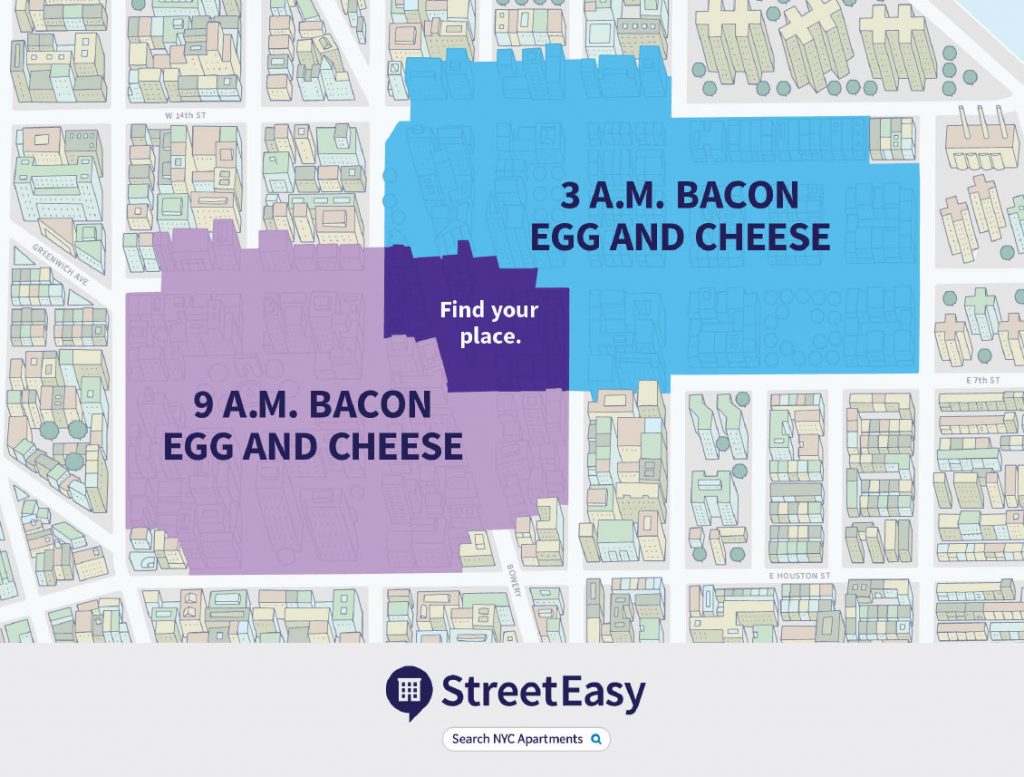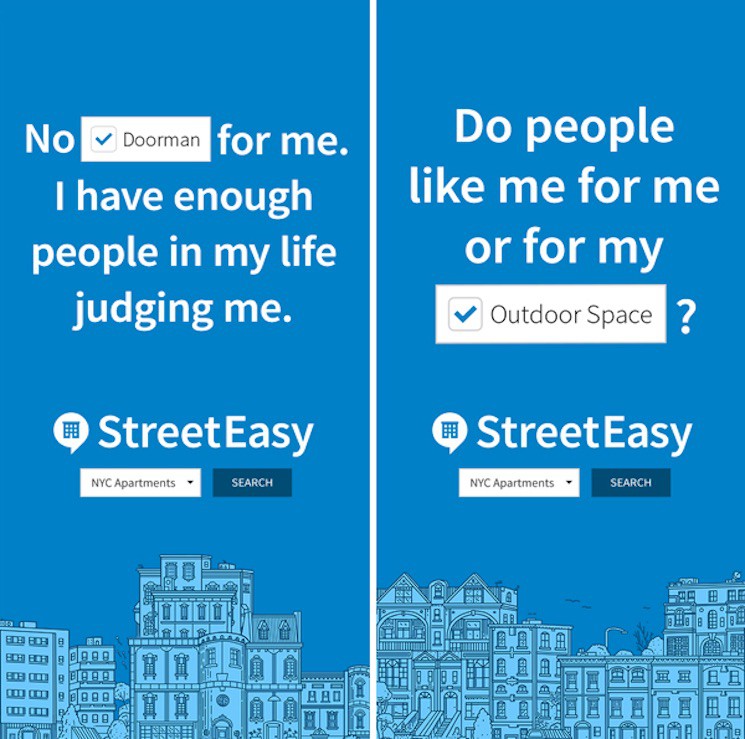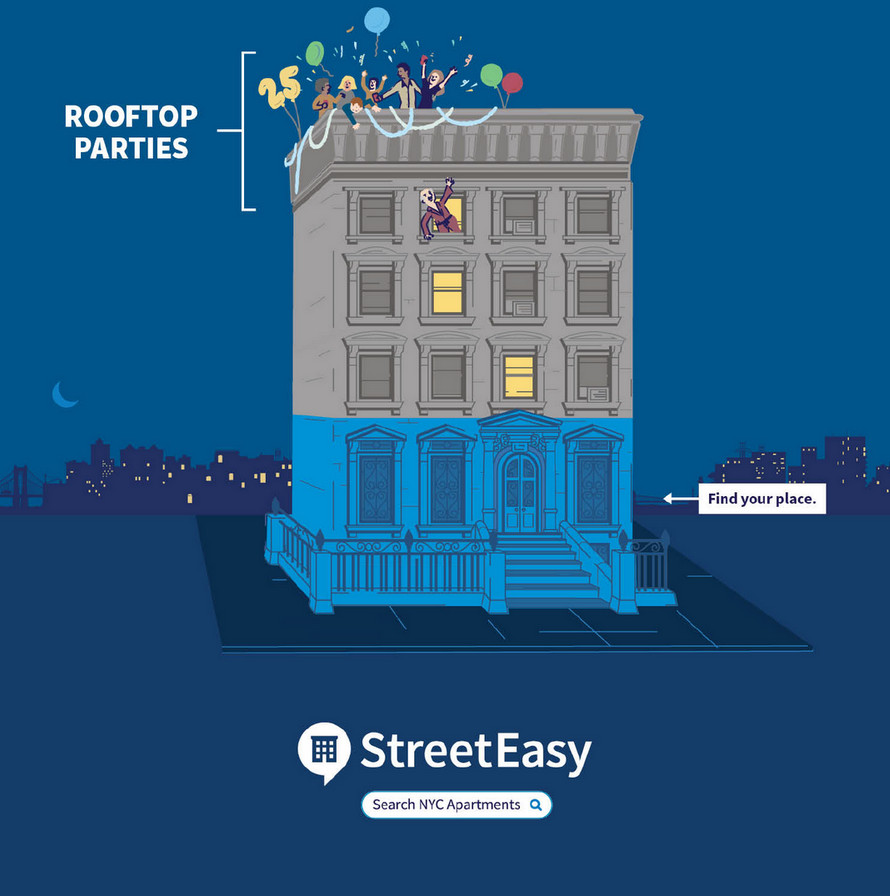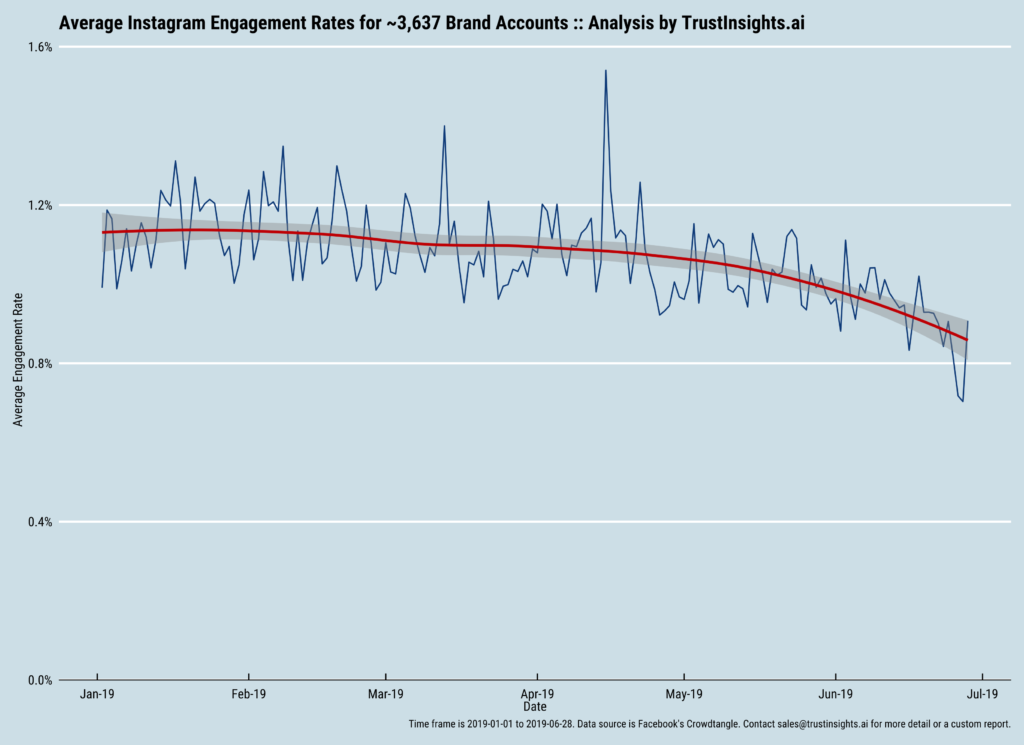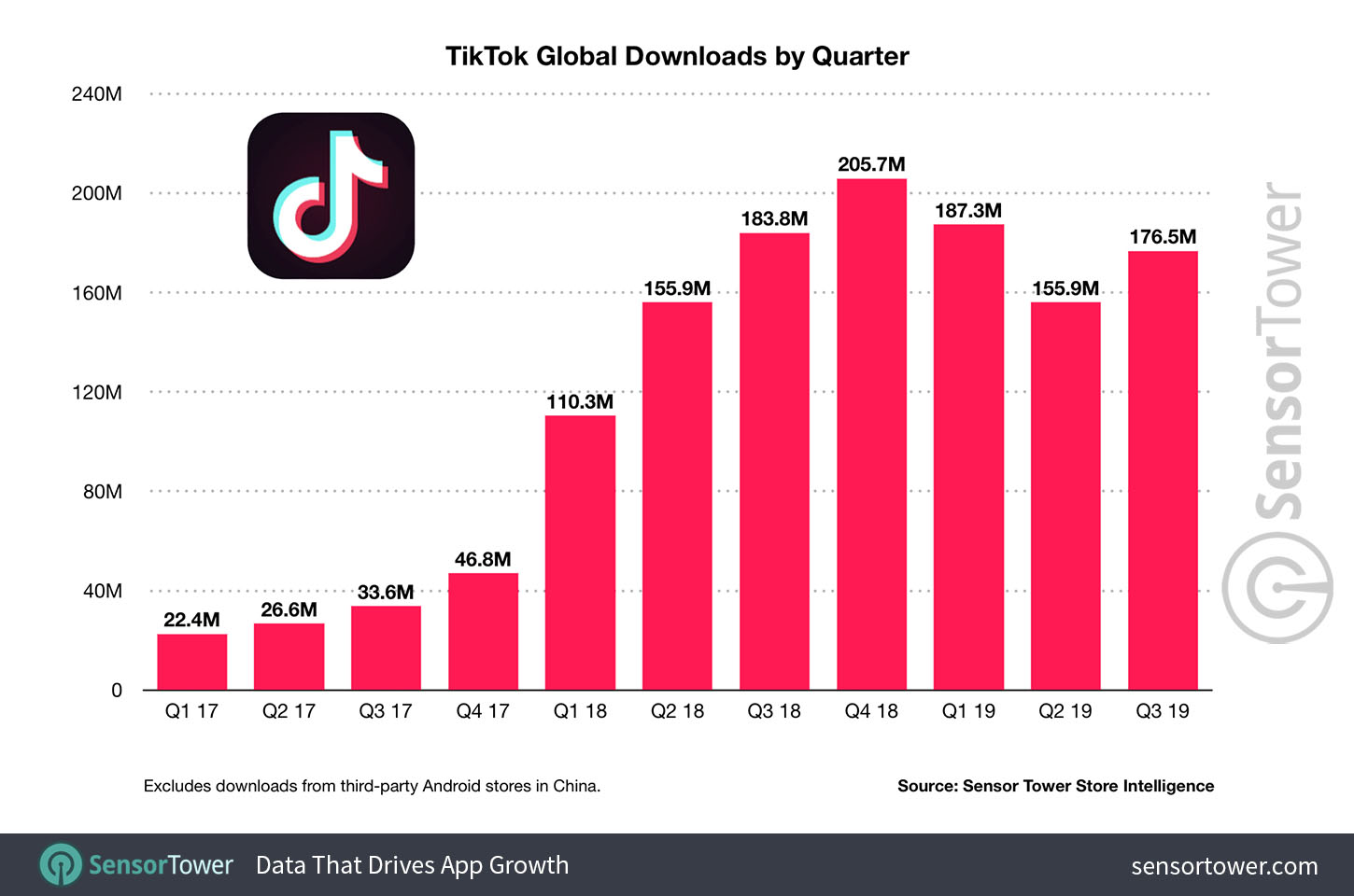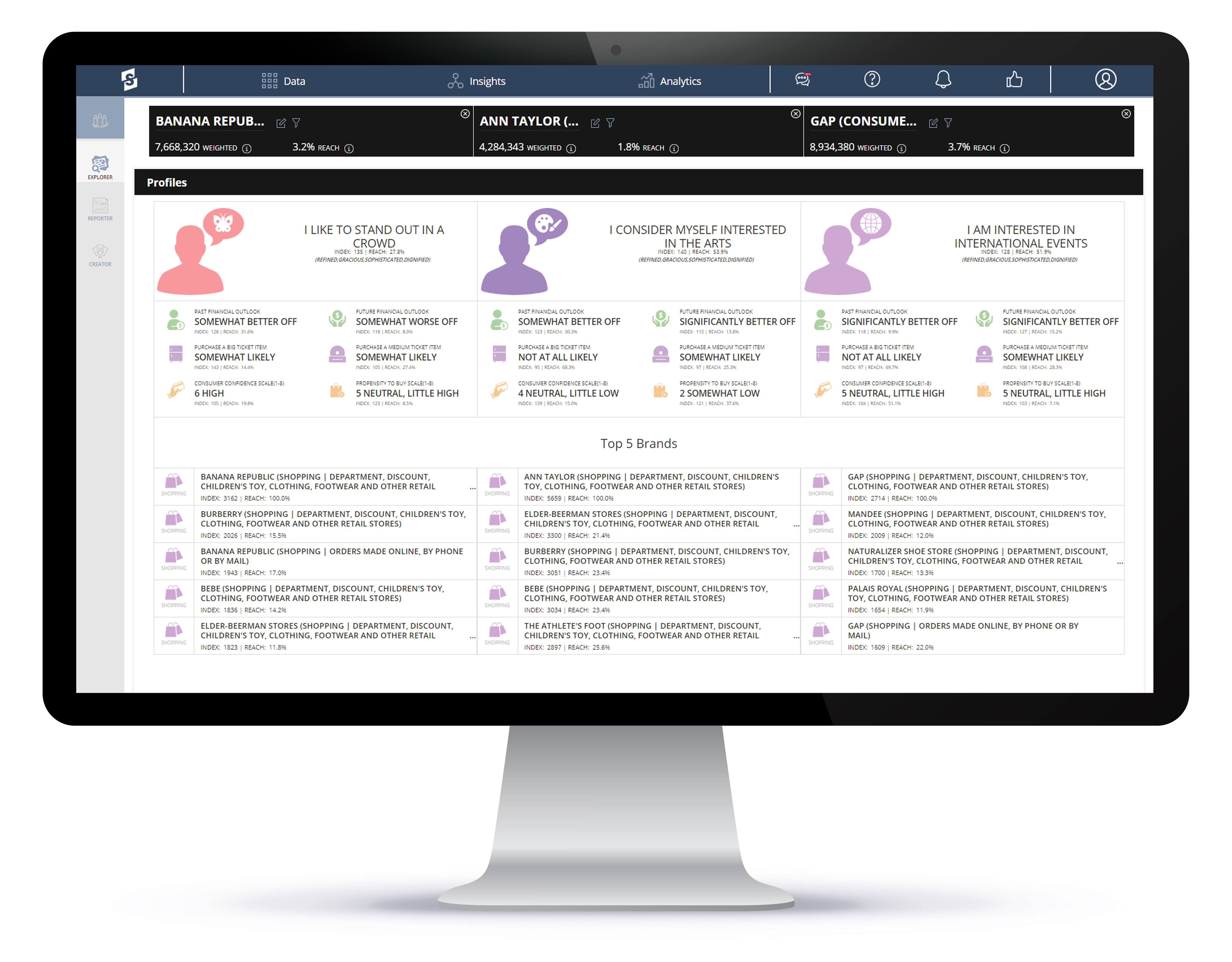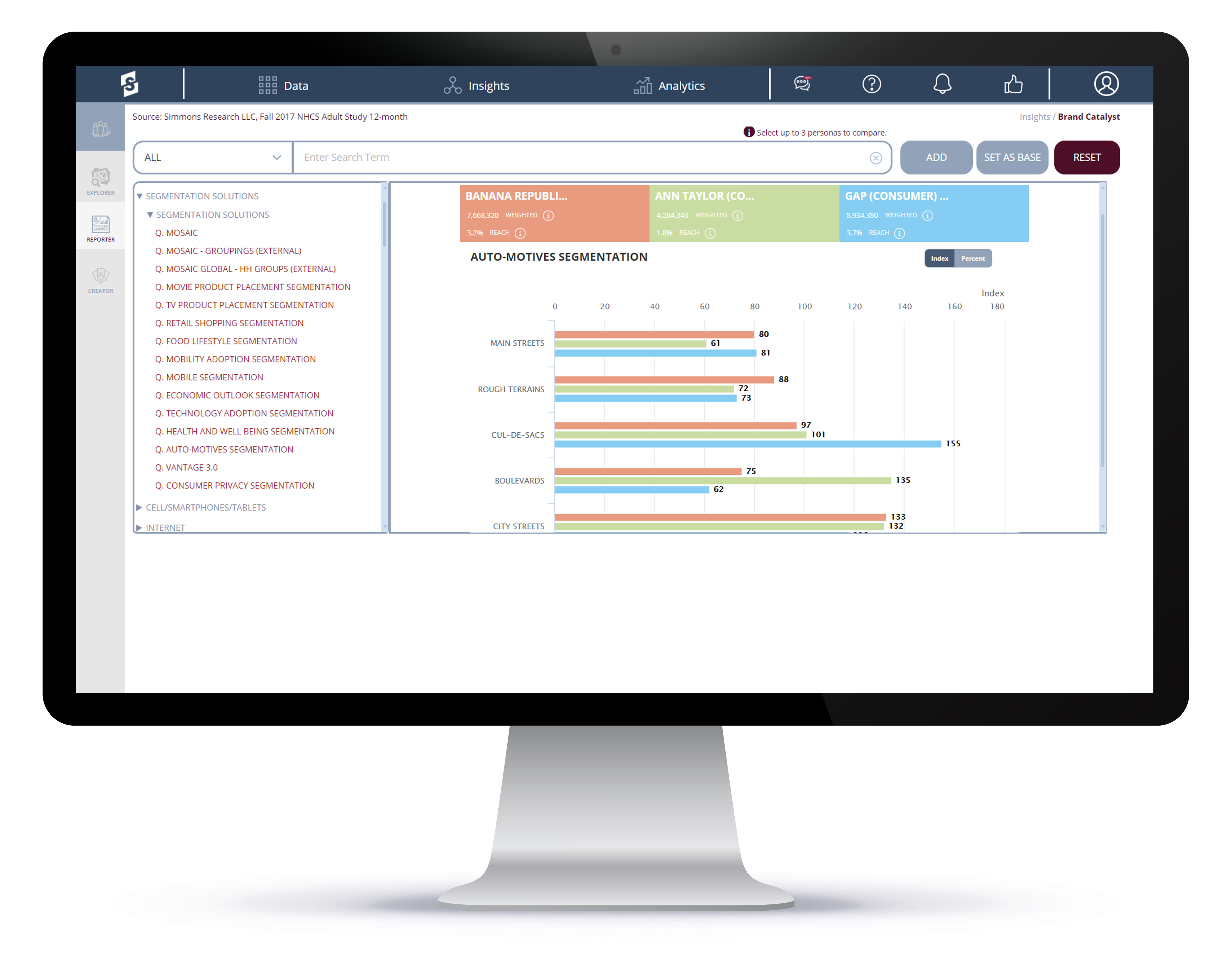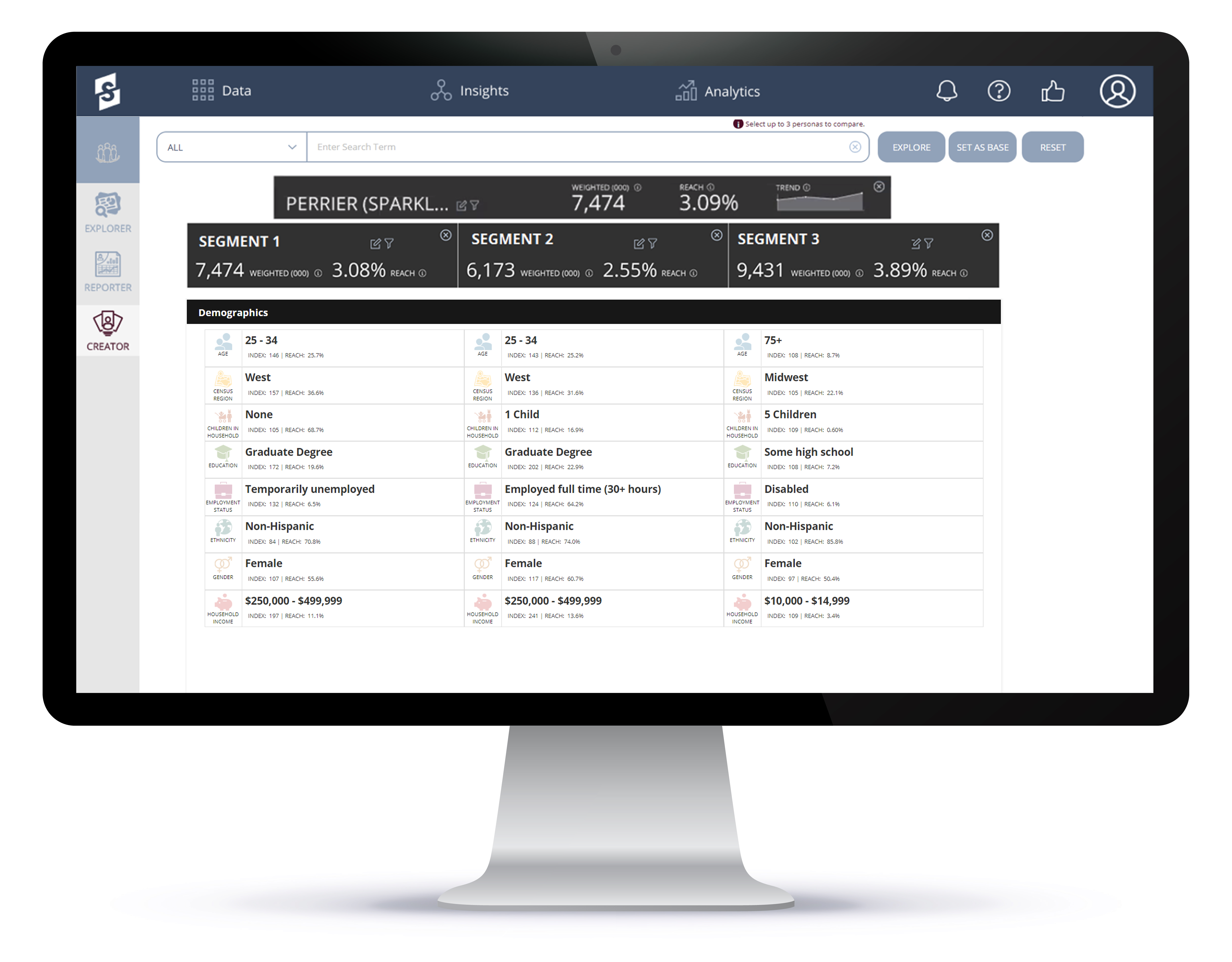With “data-driven or bust” as the marketing standard, digital marketers tend to favor quantitative metrics that can concretely ladder up to demographics. However, knowing a person’s age, income level, education, occupation doesn’t give much insight into their aspirations, beliefs, attitudes, and other psychological factors. The best marketers remember that humans are more than a collection of data points, and consider the emotions, interests, and motivations that make consumers come alive, also known as psychographics. Psychographics help you develop your consumer personas and more effectively target your audiences with the right content because you understand what drives them and makes them tick. Combining psychographic, demographic, and behavior metrics is a recipe for strong persona targeting- this blog will give you the tools for building persona psychographics with AI.
What Are Persona Psychographics?
Psychographics categorize consumers by qualitative psychological factors, such as their personality, interests, and values. These metrics are powerful for marketing because they help marketers enter the brain of their consumers and understand the reasoning for these consumers affinities. Thus, psychographics play a crucial role in target marketing for business: the same product can appeal to people from seemingly radically different demographics, and vice versa, people from seemingly similar demographics can have radically different sentiments toward a given product. The qualitative measures of psychographics help unveil the reasoning behind the quantitative measures marketing tends to focus on. Psychographic segmentation can focus on:
- Personality
- Attitude
- Personal values
- Lifestyle
- Social class
- AIOs (Activities, Interests, Opinions)
Why Do Persona Psychographics Matter?
The typical customer persona consists of the marketer’s ideal consumer title, with some demographics and basic information on the consumer including age, income, and profession. Then, marketers will typically loosely connect how that persona interacts with their product or brand. This system leads to targeting that is vaguely shooting in the dark and far from a bullseye. As Forbes states, these personas are not useless, just created incorrectly- many business owners and marketers don’t correctly implement it in their marketing because this type of consumer persona is missing key elements.
People don’t buy products or services for the sake of it. They are exchanging their money for an effect- hoping the result will give them a feeling, status, security, solution to a problem, etc.- that they couldn’t achieve on their own. It’s not just about what, say, a 24-35-year-old homeowner in Chicago making $50-100K who likes wellness does, but rather, what makes them do it? Is it because they crave the community fostered in wellness clubs? Or because wellness gives them more energy for other aspects of their life? Is it because they are natural trend-followers of whatever is buzzing at the moment? Most marketers have it backward: consumers make decisions off of emotions and values, not because they belong to a demographic subset, and are expected to behave a certain way. Why go after the effect without considering first the cause?
This is why psychographic are crucial for any brand or service. Data is important, but without the story behind the data, the numbers only help you in a limited capacity. Behavioral data and demographics speak to correlation- what people who belong to a certain population subset are often seen doing- but psychographics speak to causation- why they are doing this; when you know the “why”, you can create strategy around “how” you can be the one to fulfill their “why.”
3 Companies Who’ve Used Personal Psychographics Well
Apple
When Steve Jobs was introducing the iPod, he didn’t simply say “Here is our shiny new product” and list the capabilities. He made it personal: “Imagine having 1,000 songs in your pocket”. People were intrigued by the feeling of infinite possibility, a core value in American technology. They could imagine the efficiency upgrade from swapping out a limited 10-20 song CD manually in a walkman or fumbling with a bulky mp3 to having all their favorites in one compact digital place. Consumers could visualize the instant social appeal of being able to walk around with this innovative device, showing their friends and seeing their awed reaction.
That is the level of thinking with which Apple has always driven their technology, targeting what their products could do for their audiences in terms of lifestyle, values, social class. Apple’s integration of high utility and pleasing, simple design in their products help the modern consumer go about their day with ease and entertainment. Now, when a new model is released for an iPhone or MacBook, consumers rush to be one of the first to have it, knowing being up to date with the latest Apple device is an indicator of social status.
StreetEasy
Of all the struggles New Yorkers face, trying to find an apartment is one that all could unanimously relate to. StreetEasy understood that consumer pain point and not only delivered a product as a solution, but created their famous series of OOH ads hitting on those pain points in a humorously relatable way. In a sea of subway ads, theirs stood out to consumers and marketers because they perfectly capture the psychographics of New Yorkers: people who value the separation of their day and night life, put up with subpar roommates for the sake of bigger space and amenities, love the perks of outdoor spaces, but not the noise and fake friends that come with it. The specific, nail-on-the-head references make the consumer feel like they can trust StreetEasy because the brand shows that it genuinely understands the people it services.
TikTok
TikTok’s rapid growth and social media dominance in a short 2 years raised eyebrows everywhere. How did this new platform show up on the scene seemingly out of nowhere and rise to fame with over 1 billion downloads? By understanding that though Gen-Z and Millennials are close in demographics, they are wildly different in psychographics; Millennials are to Instagram what Gen-Z is to TikTok. Instagram encapsulated the attitudes of Millennials: a generation focused on self, and moreover, the portrayal of self to the world in a perfect, enviable way. The highly filtered and curated nature doesn’t appeal as strongly to Gen-Z’s, who value finding community and portraying themselves in a creative and authentic way. Cue TikTok, as a platform less about looks or status, and more about personality and inventiveness. TikTok presents an equilibrated playing field where users can connect over anything from similar humor and viral challenges to personal style, and form tribes. While Instagram engagement was declining, TikTok got ahead by understanding the personality and values of who Instagram was losing and cultivating the perfect space for those users.
3 AI Tools For Gathering Psychographic Data
While the importance of psychographics is evident, the way to capture them into personas has not always been as clear. In the past, marketers could only rely on cumbersome methods, such as focus groups, surveys, and research studies, and manually pull out the insights. Today, however, there are several AI tools that can automatically aggregate this kind of data for you in one click. Here are three of the strongest tools for building psychographic insights:
Personality Insights by IBM Watson
One great tool for gathering psychographic data is Personality Insights by IBM Watson. In their own words, this service “applies linguistic analytics and personality theory to infer attributes from a person’s unstructured text”. You input a body of text written by the person whose personality you’re interested in, containing words about everyday experiences, thoughts, and responses. The tool can word with as few as 100 words, but the more content, the stronger the analysis. The output returns in a summary of their personality, needs, and value. For example, an analysis of Oprah’s Twitter yields these results:
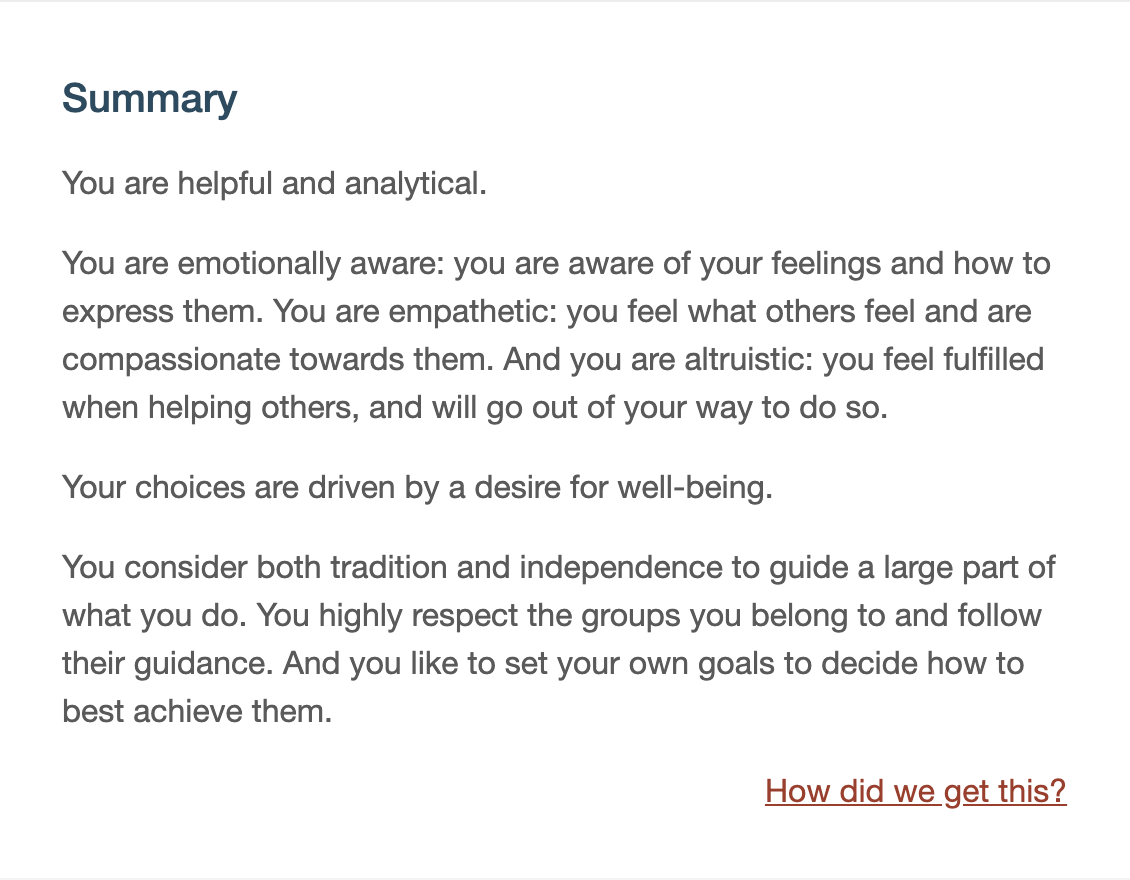
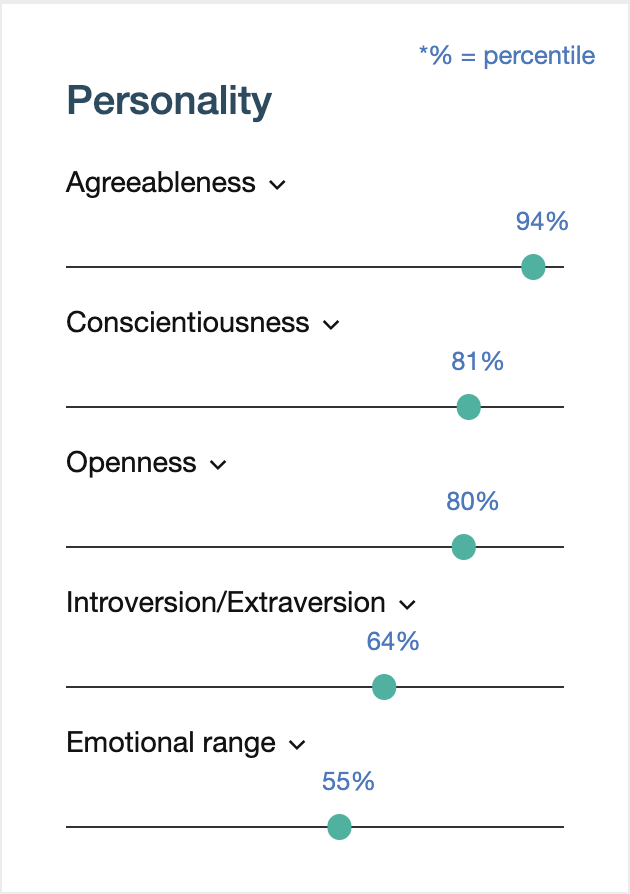

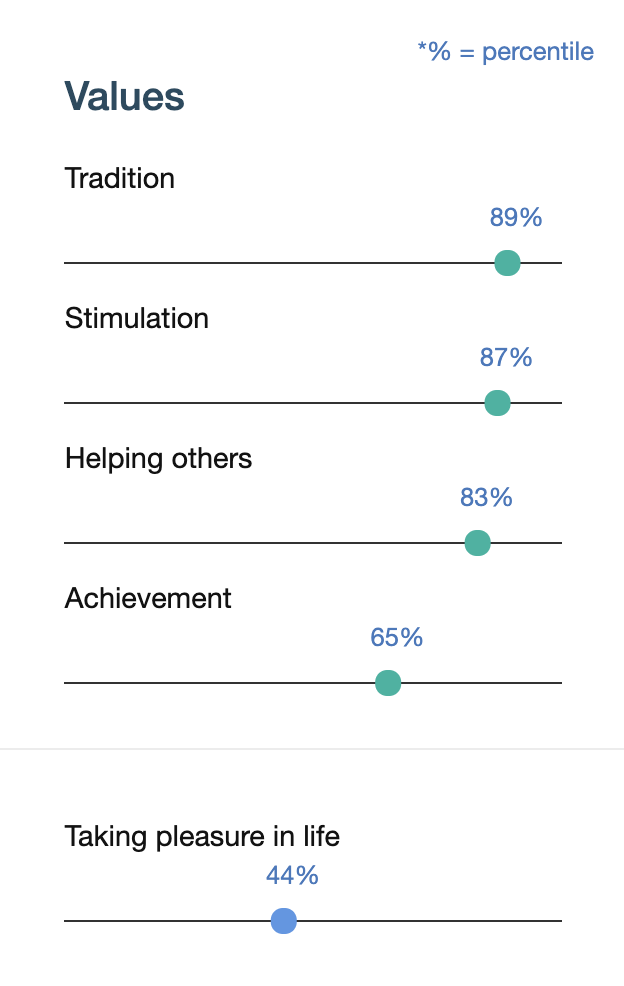
Powered by Smart Search, one of the most comprehensive consumer intelligence search engines, this insights platform allows marketers to mine through thousands of consumer behaviors in seconds, helping clients accelerate the development of brand-consumer messaging, cross-channel marketing, and media planning tactics. MRI-Simmons boasts a comprehensive view of the American consumer with 60,000 Consumer Elements, over 600 attitudes, opinions, and segmentation from over 500 product categories and over 8,000 brands. This wealth of data is what enables the advanced predictive models Brand Catalyst uses to identify potential prospects and their characteristics. The tool also has “Explorer” (discover what resonates with consumers of a defined brand), “Reporter” (quickly understand similarities and differences between brand personas), and “Creator” (automate the clustering of a persona into segments to test differentiated offering and messaging) functions to fit whatever your psychographic needs are.
Demographics Pro
Despite the name, Demographics Pro proves to go beyond the basic demographics of age, location, and income. This platform offers robust social listening insights on trends and activity across platforms, and more specifically, which audiences engage in which campaigns or topics to improve marketing implementation and strategy. Their tools verify your assumed audience characteristics and affinities and compare to competitors to find opportunities for reaching untapped audiences. Their audience profiles include factors such as what users do in their spare time, their greatest influences, and the brands they focus on the most.
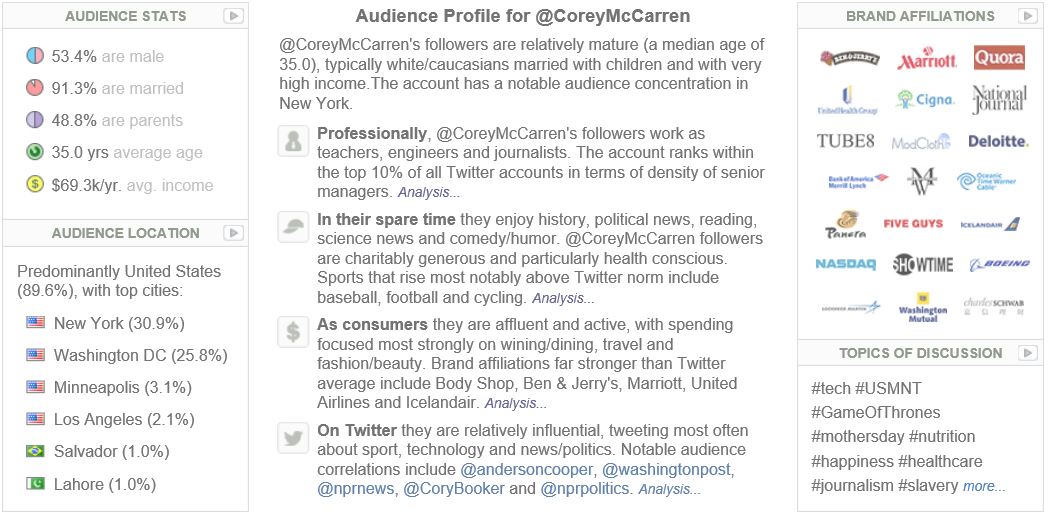
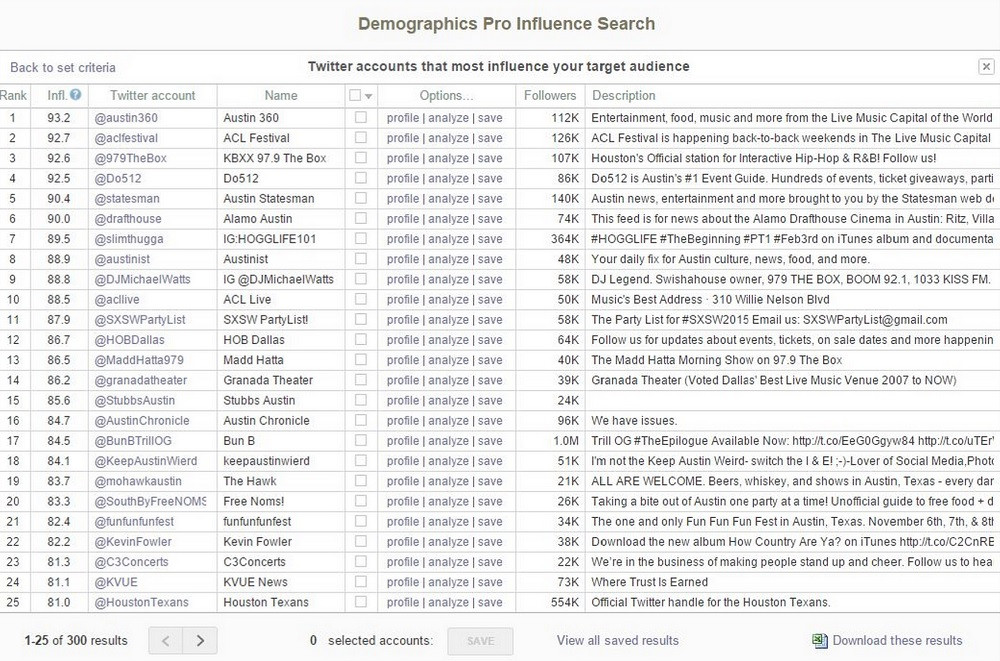
10 Psychographic Questions to Ask About Your Consumers:
Lastly, the key of psychographics is tapping into your ideal consumer’s heart and mind- how they are feeling and thinking- and then meeting them there. The following questions are a great starting place for understanding your consumer psychographically:
- What problems have they been experiencing in their life?
- What are they hoping for?
- What have they tried that hasn’t worked for them in the past?
- How do they view themselves?
- Who are their inspirations?
- What do they expect from the brands or services they use?
- What kind of lifestyle do they have?
- What kind of lifestyle do they want? If different from the answer above, how can your brand or service bring them closer?
- How much do social and status factors affect them?
In answering these questions, you will ensure that you are not projecting what your brand wants and hoping the people you target will catch onto it, but instead, offer what your target consumers want and need and watch them attract to how you can serve them unlike anyone else.
The Takeaway
Psychographics are less obvious than geographic, demographic, and behavioral measures, and require digging beyond the surface, but they are just as helpful for understanding target markets. The study of people’s attitudes and interests, often studied in conjunction with typical demographic data allows for a more complete understanding of audiences. Luckily, there are an abundance of AI tools available to do this work for you. The better you understand your audience, the better you can market to them, which leads to better campaigns and saved time, money, and energy- everything a marketer could want.
This article was meant to illustrate creating persona psychographics using AI, but there is much more involved with refining your ideal audience segments. So if you are a small to medium-sized business generating $3M+ in annual revenue, looking for an agency to take the hard work off your plate – feel free to reach out to our team for a consultation and see how we can grow your business using psychographics.


